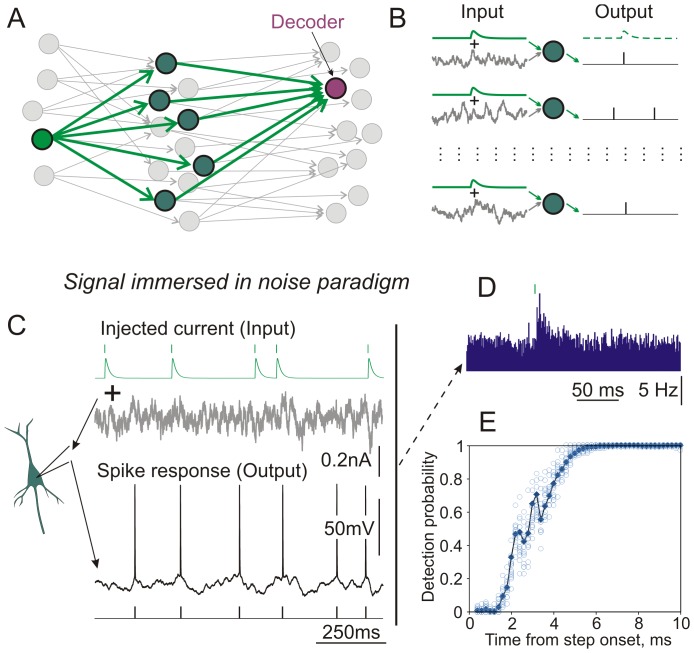Figure 1. Analysis of AP encoding of a synaptic input using a ‘signal immersed in noise’ paradigm.
A: A signal immersed in noise paradigm to study information transmission in networks of neurons. In a three-layer, feed-forward model one first-layer “source” neuron provides common input to a population of “transmitting” second-layer neurons which converge on a “decoder” neuron in the third layer. These neurons and connections are shown in green. The rest of the network is shown in gray. B: Input to neurons in the second layer consists of a “signal” – the common EPSC produced by the source neuron (green traces), and fluctuating “noise” produced by activity of other neurons (gray traces). Population firing of the transmitting neurons provides input to the decoder. C: Experimentally, population encoding in B can be mimicked by injecting current into a neuron consisting of artificial EPSCs (50 pA) immersed in fluctuating noise (SD = 110 pA). A sequence of EPSCs is shown with an enlarged Y-scale (top). Green vertical bars show onset timing of EPSCs corresponding to simulated presynaptic spikes. Timing of action potentials generated by a neuron in response to injected current was extracted from the membrane potential recording (bottom). D: Changes in a model population firing rate in response to source aEPSC. Responses to a total of N = 7223 stimuli contributed to the histogram. PSTH was obtained using aEPSC onset as a trigger for the neuron's spike response. E: Probability of detection of aEPSC from firing of N = 1000 transmitting neurons by a theoretical decoder (see scheme in A) as a function of time after the onset of the aEPSC. Filled diamond symbols: parametric detection probability. Open circles: results of bootstrapping.

